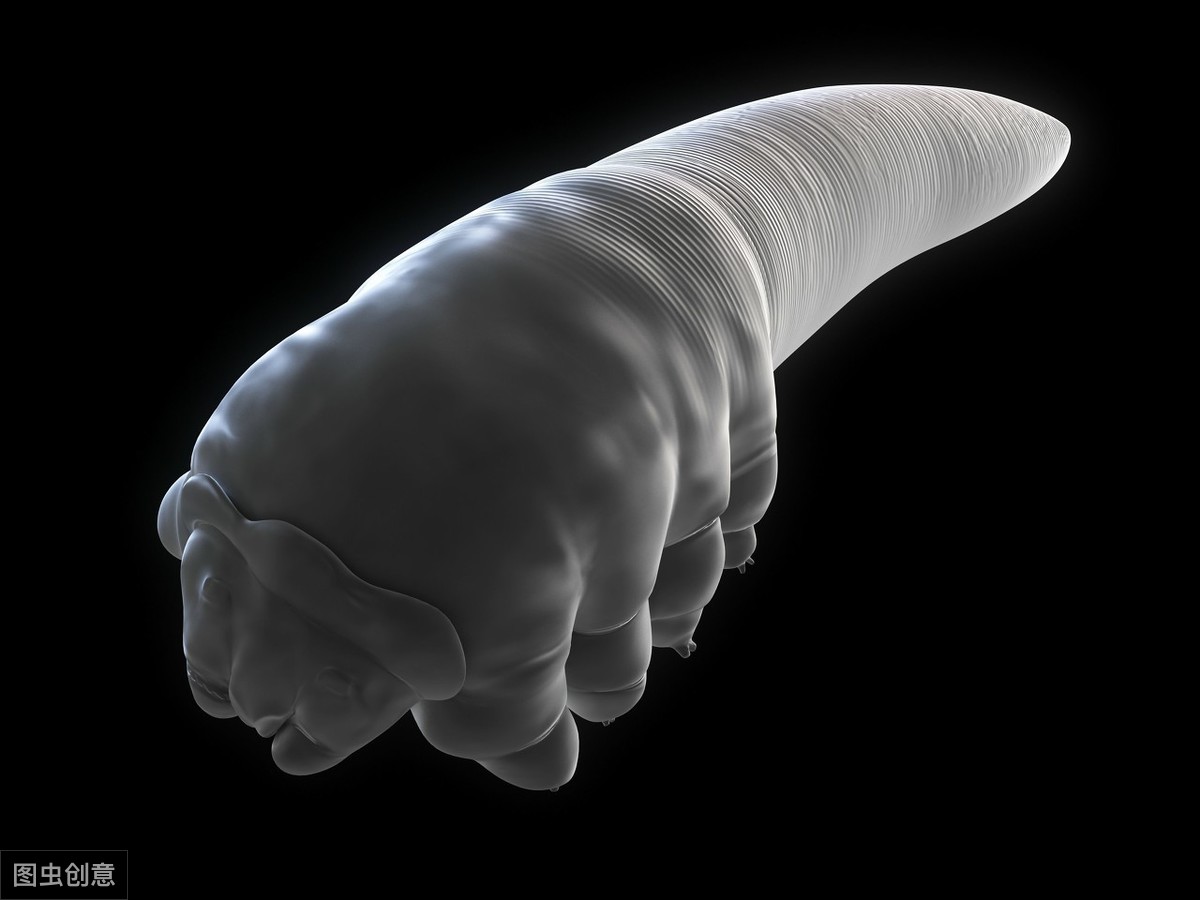The investigation of major parasitic diseases shows that there are 5 kinds of in vivo parasites that harm pig production: roundworms, lung nematodes, gastric roundworms, echinococcus and ginger flakes, and there are 2 kinds of ectoparasites scabies mites and blood lice.

Ascariasis: caused by swine roundworm parasitism in the small intestine of pigs, its infection rate is high, the fecundity is strong, and the infection intensity is large. Harm after pig infection: First, the migration of larvae can lead to mechanical damage to pig internal organs and cause pneumonia; The second is to seize the nutrition of the pigs, resulting in anemia and weight loss in the pigs; Third, parasitic stimulation of the insect body causes enteritis diarrhea; Fourth, the insect toxin causes the pig body's resistance to be reduced, secondary to other diseases, and eventually leads to death. This disease is the most harmful parasitic disease in pigs. Diagnosis: The floating egg collection method of sick pig feces is used to check the eggs.
Lung nematode disease: caused by lung nematodes parasitizing the pig bronchi and bronchioles. Mild infections have a strong paroxysmal cough, which can cause pneumonia, difficulty breathing after exercise and feeding, anemia and emaciation in sick pigs, and finally weaken and die. Diagnosis: the worm eggs in the feces of sick pigs are examined by floating method of magnesium sulfate saturated solution, and the diaphragm lobe of the lungs is examined for insect bodies in the lung trachea.
Gastric strongyloides: caused by rotistal strongyloides parasitizing the mucosa of the stomach of pigs. When the pig resistance is strong and the number of insect parasites is small, no abnormalities are seen; When the pig is weak, the resistance is poor or the insects are parasitic in large quantities, the mechanical stimulation of the insect body can cause gastritis, the spirit of the sick pig is poor, anemia, emaciation, stunted, and mixed blood black stool. Diagnosis: combined with clinical symptoms, pathological dissection of insects and fecal floating method to check the eggs and other comprehensive analysis to confirm the diagnosis.
Echinococcosis: Echinocoders parasitize the small intestines of pigs. The insect body's ansnovoid process firmly inhales the mucosa of the small intestine, and the mechanical damage of the nostril hook can cause enteritis, necrosis and ulceration, and the symptoms of loss of appetite, diarrhea, bloody stool, abdominal pain and other symptoms are obvious when the pig is seriously infected, which can lead to intestinal perforation, peritonitis, and intestinal adhesions. Diagnosis: Eggs can be detected using floating method, or the worm body can be examined in the small intestine of the affected pig.
Ginger flake tremasis: it is caused by the parasitism of ginger flakes in the small intestine of pigs, mainly due to the mechanical damage of the intestinal mucosa adsorbed by the insect body, seizing nutrients and toxins and causing the disease. Severe infection can cause stubborn diarrhea, progressive wasting, loss of appetite, indigestion and other symptoms in sick pigs. Diagnosis: Eggs can be examined using fecal floating and repeated precipitation.
Scabies mite disease: Scabies mites parasitize the skin of pigs' heads, necks, shoulders, and legs. The disease has a strong contagiousness, the insect body in the parasite under the skin to dig tunnels, lay eggs and reproduce, causing sick pigs to itch, bite the railing, can cause great economic losses.
Blood lice: mostly parasitic in the folds of the neck, ears, ribs, inner legs and abdominal skin of pigs. Blood lice make pigs restless and grow slowly.
Prevention and control measures
Sows: deworm once every 3 months, for 7 days, that is, a total of 4 times a year to deworm pigs: once every 15 days after weaning, about 100 kg to 120 kg again, once for 7 days, that is, twice a year. In the process of deworming, attention should be paid to strengthening environmental disinfection and maintaining the hygiene of the enclosure, and the feces should be fermented and harmlessly treated, and the insect repellent with the environmental insect repellent should be more thorough. Pigs in the breeding house, pregnancy house, and delivery house can be rubbed with vaseline (penicillin can be added to the petrolatum) where there is severe scabies mite, and the scab can be scraped off after 3 days, and then the bimethylidine emulsion medicament bath can be used to make the liquid penetrate the skin, improve the efficacy, and the efficiency is more than 99%. 10 days after the nursery pigs enter the pen, the whole herd is sprayed with dimethyl amidine emulsion with water to prevent and control ectoparasitic diseases.
Dear breeding friends, pay attention to the WeChat public number: (daily pig quotation / dfj878), what are the problems of breeding, market analysis, breeding doubts, disease prevention and control, policy interpretation We will have professional teachers to reply to you for the first time!